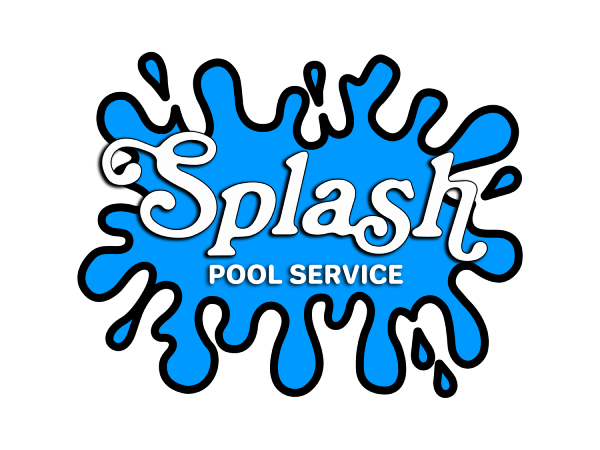Understanding and Managing Pool Staining:
Overview of Pool Staining
Pool staining is a common issue faced by pool owners, often resulting from the accumulation of minerals in the pool water. These minerals, including calcium and magnesium, tend to deposit themselves on pool surfaces, especially at the waterline. This phenomenon typically results in the formation of a white line across the middle of the pool tile. While starting with clean tile, it’s normal for such a white line to appear in under a year. Below the waterline, these minerals will also deposit across the entire pool surface, but at a slower rate. Proper pool maintenance can delay the visibility of these mineral buildups, although staining is inevitable over time. If dirt and debris are allowed to settle on the plaster for extended periods, they can combine with the minerals, leading to more pronounced and visible staining.
Preventing Pool Staining
While it’s challenging to completely prevent pool staining, certain measures can significantly minimize its occurrence:
- Regular Draining and Refilling: Regularly draining your pool to manage water hardness is crucial. High mineral hardness accelerates staining. It’s generally recommended to fully drain and refill your pool every 2 to 5 years, depending on the local water conditions.
- Consistent Cleaning: Keeping your pool clean is essential in preventing stain formation. Dirt and debris on the plaster surface can lead to staining. Implementing an automated vacuum system connected to the filter can ensure daily cleaning and reduce the risk of staining.
- Maintain Proper Chemical Balance: Keeping the pool’s pH level in the correct range is crucial to prevent staining and corrosion. A pH that is too high can lead to increased staining, as minerals become more prone to deposit on pool surfaces. Conversely, a low pH level can cause corrosion, damaging pool equipment and surfaces. Regularly testing and adjusting the pH level is essential for maintaining the pool’s aesthetic and structural integrity.
Removing Stains from Pool Surfaces
Tile Cleaning/Stain Removal
For tile stain removal, professional cleaning services are often the most effective. These services typically use environmentally friendly, soft abrasive minerals. These abrasives are harder than the mineral deposits causing the stains but softer than the pool tiles, ensuring effective cleaning without damaging the tiles. Caution is advised when considering alternative methods like glass bead blasting, which can sometimes harm tile surfaces.
Acid Wash – Plaster Stain Removal
Removing stains from plaster can be more challenging. Acid wash treatments are commonly used and can lighten or sometimes completely remove stains. However, it’s important to understand that these treatments don’t guarantee complete stain removal, and in some cases, stains may persist. Acid washing is a method to address stains without the need for replastering, but its effectiveness can vary.
Conclusion
Pool staining, primarily due to mineral deposits, is a common issue that can be managed with regular maintenance and professional cleaning services. While complete prevention of staining is challenging, understanding the causes and adopting proactive measures can significantly reduce the frequency and severity of pool stains.
